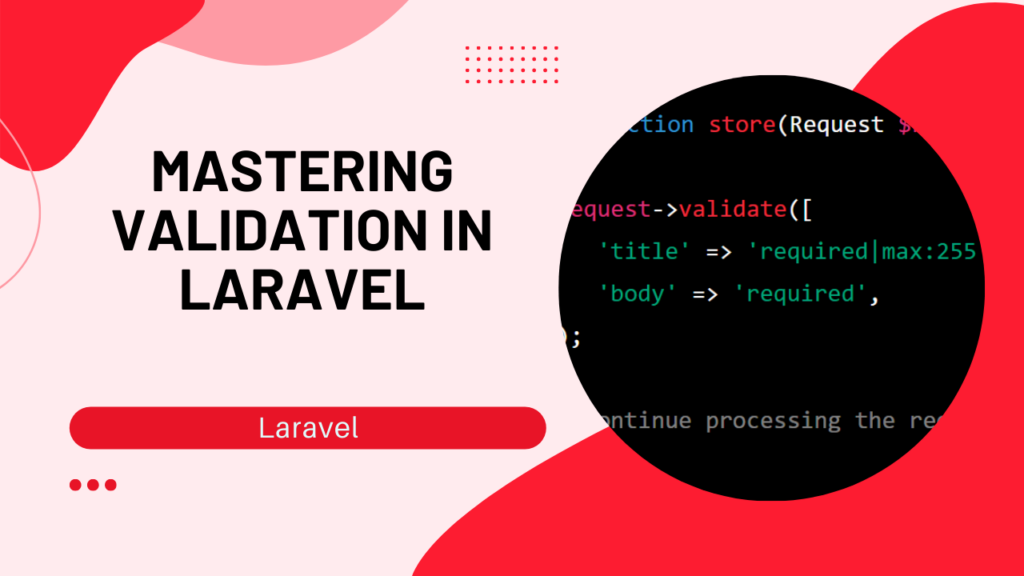Config Validation in Laravel: Ensuring Precision in Your Application Setup
In the intricate world of Laravel development, as your application flourishes, the configuration settings proliferate, akin to gremlins multiplying after midnight. Maintaining accuracy in this ever-expanding array becomes a precarious act, where a solitary misplaced character could send your application into an unexpected tailspin. This is precisely where Config Validation in Laravel emerges as the vigilant guardian of your application’s stability.

1. The Crucial Role of Config Validation in Laravel:
Envision a scenario where you haphazardly toss ingredients into a pot, hoping to concoct a gourmet dish. This analogy mirrors the pitfalls of unvalidated configuration settings. Missing API keys, inaccuracies in database credentials, or URLs with improper formats can lead to enigmatic errors, exhaustive debugging sessions, and, in the worst cases, potential security vulnerabilities.
Config validation serves as an organizational bastion. It acts as a guardian, ensuring that your configuration values align with your expectations before your code embarks on its execution. This pivotal function results in:

- Fewer Runtime Errors: Detect configuration issues preemptively, averting application crashes and averting user frustration.
- Heightened Developer Confidence: Operate with the assurance that your configuration is robust, fostering productivity and tranquility.
- Augmented Documentation: Validation rules act as a dynamic form of documentation, distinctly outlining anticipated values and formats.
2. Executing Config Validation in Laravel: A Strategic Guide:
Delving into the pragmatic aspects, let’s explore how you can wield the prowess of Config Validation in Laravel effectively:
Choosing Your Validation Arsenal:
- Manual Approach: Define validation rules directly within your configuration files, providing flexibility but potentially becoming unwieldy for intricate setups.
- Laravel Config Validator Package: This dedicated package furnishes rulesets and an Artisan command, streamlining the validation process.
Crafting the Rules of Engagement:
- Specify validation rules for your configuration values using the expressive Laravel validation syntax. Encompass aspects such as required fields, data types, format constraints, and even integrate custom logic.
Navigating the Validation Journey:
- Command-Centric Approach: Leverage the
config:validateArtisan command to trigger validation checks across your entire configuration or specific files. - Manual Validation Endeavor: Employ the package’s facade or service provider to seamlessly integrate validation within your codebase.
3. Advanced Config Validation in Laravel: Elevating Your Practices:
- Tailoring Validation for Environments: Fine-tune validation rules for distinct environments (development, production, etc.) to accommodate diverse needs.
- Crafting Bespoke Error Messages: Enhance user and developer comprehension by presenting clear and informative messages when validation encounters a roadblock.
4. Vital Considerations in Laravel Config Validation:
- Validation serves as a robust layer, but it’s not an infallible solution. Rigorous testing is imperative, ensuring the application’s resilience even with validated configurations.
- Continuously update your validation rules to align with the evolving nature of your configuration.
Embracing the tenets of Config Validation in Laravel, you fortify your application with an additional layer of protection and lucidity. Venture forth, validate with conviction, and witness the seamless execution of your code – akin to a culinary masterpiece seasoned to perfection, every single time.
Wearable Wonders: Elevating Your Wellbeing Beyond the Smartphone





Leave A Comment